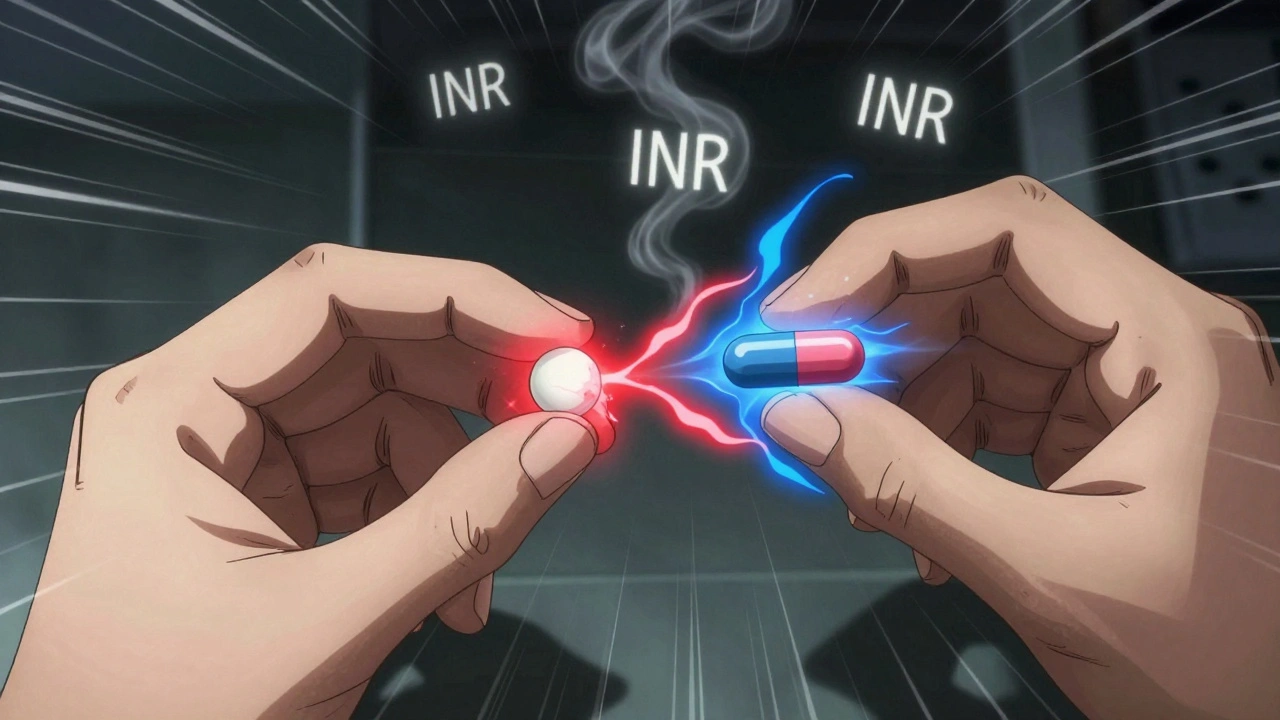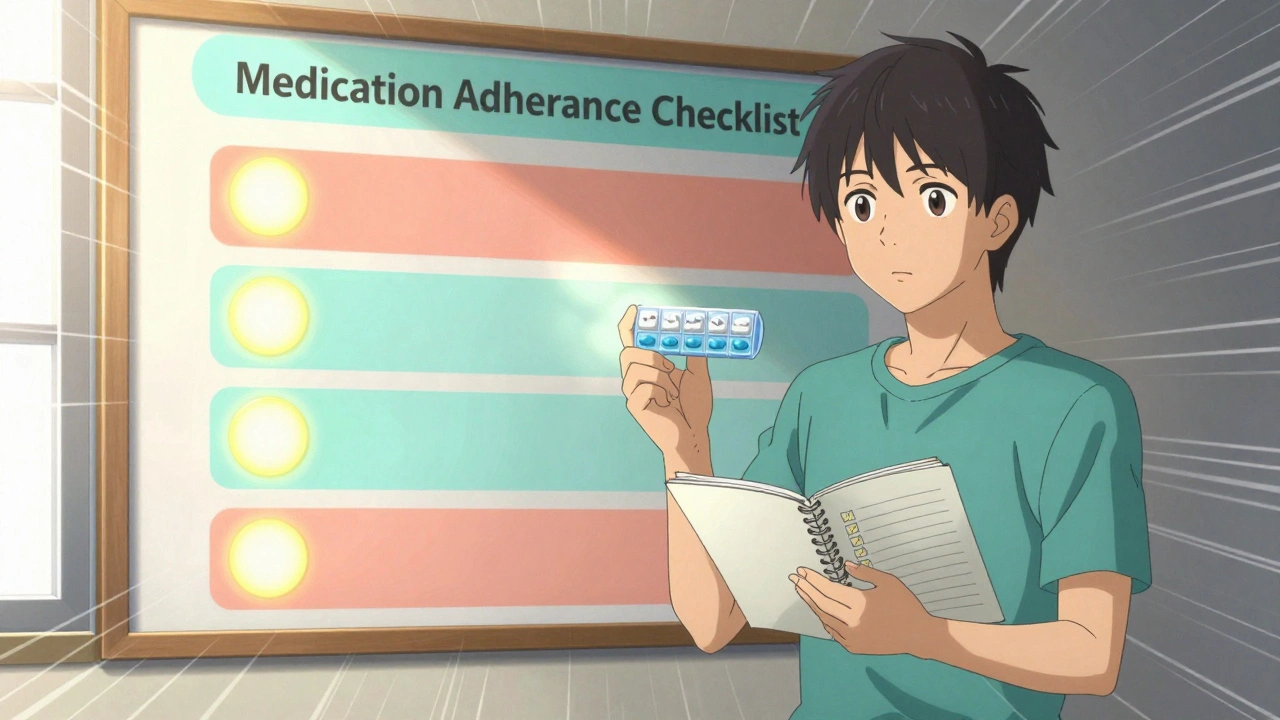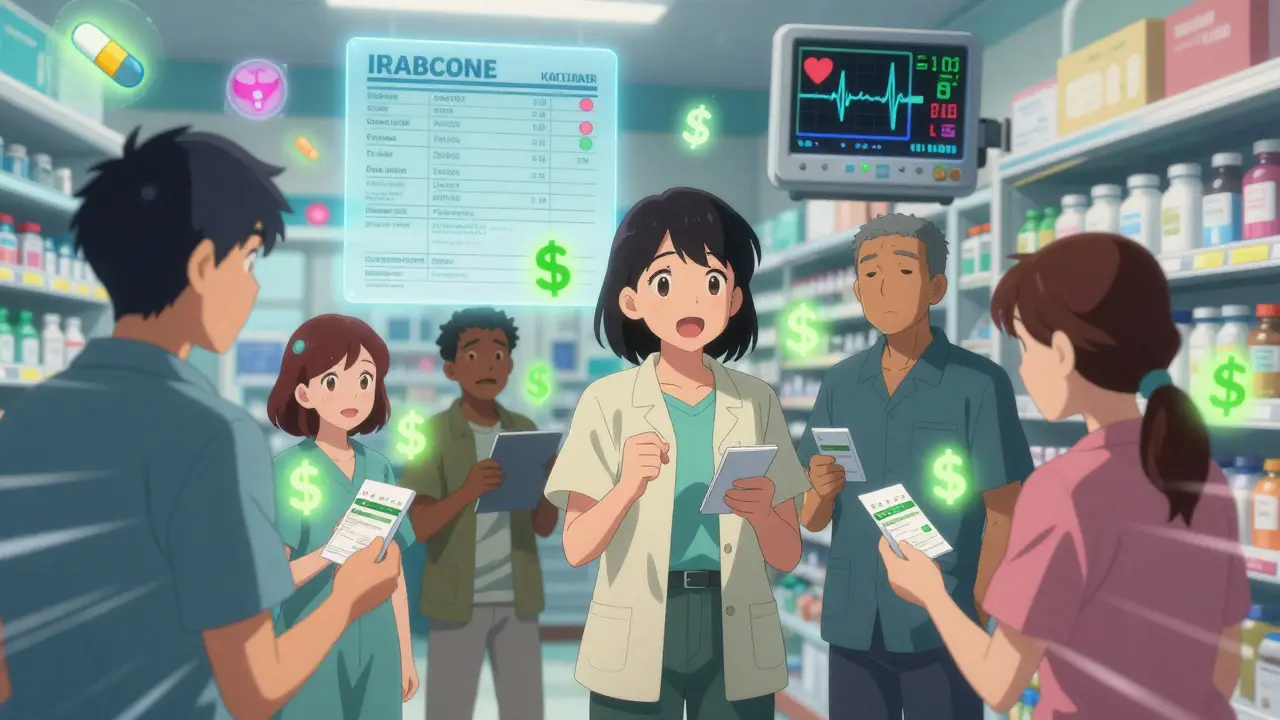Buying medicine online: how to stay safe, save money, and avoid scams
Buying medicine online can be convenient and cheaper, but one wrong choice risks your health. Here are clear, practical steps to help you find legitimate pharmacies, protect yourself from fake drugs, and keep costs down.
Quick checklist before you buy
Always look for a real business address and phone number on the site. If there’s only a contact form or a weird overseas PO box, walk away. Legit pharmacies show licence numbers or verification seals from recognized authorities. Type the pharmacy name plus “reviews” and read recent feedback — not just the five-star blurbs on their own site.
Watch the price: if a brand drug costs 70–90% less than usual, that’s a red flag. Compare prices across a few trusted sites to spot obvious bargains that look too good to be true.
Check whether the site requires a prescription for prescription drugs. Reputable pharmacies ask for one. If the site offers controlled meds without asking for a doctor’s note, don’t buy.
How to verify safety and quality
Look for SSL (the padlock in your browser) so your payment details are encrypted. Read the privacy policy — it should explain how your health data and payment info are stored and used. Prefer sites that accept credit cards or payment services with fraud protection. Avoid wire transfers or cryptocurrency for first-time purchases.
Search for pharmacy verification seals (for example, national licensing bodies or pharmacy boards). If you see a seal, click it — it should lead to a genuine verification page, not a dead link or image. Call the listed phone number and ask simple questions about shipping and returns; a responsive support line is a good sign.
Check packaging and leaflets when your meds arrive. Legit drugs usually match the description and come with an information leaflet. If pills look different — color, size, smell — contact the pharmacy and your doctor before taking them.
For temperature-sensitive meds (insulin, certain biologics), confirm the seller uses tracked, temperature-controlled shipping. If that’s not available, don’t buy those items online.
Keep records: save order confirmations, tracking numbers, photos of packaging, and any correspondence. These help with refunds and reporting suspicious activity.
When in doubt, ask a professional. Your local pharmacist or doctor can often confirm whether a product and price look legitimate. If something feels risky, take the safer route and get the prescription filled locally.
Buying medicine online can be safe if you follow simple rules: verify the seller, require prescriptions, use secure payments, and inspect the product on arrival. Use the tips here every time you shop for meds online — they’ll cut your risk and help you get the right treatment without the guesswork.
Pharmaserve.com Review: How This Online Pharmacy Changes Buying Medicine in the UK
A deep dive into pharmaserve.com, the online pharmacy shaking up how UK residents buy medicine. See how it works, reviews, tips, and what sets it apart.






